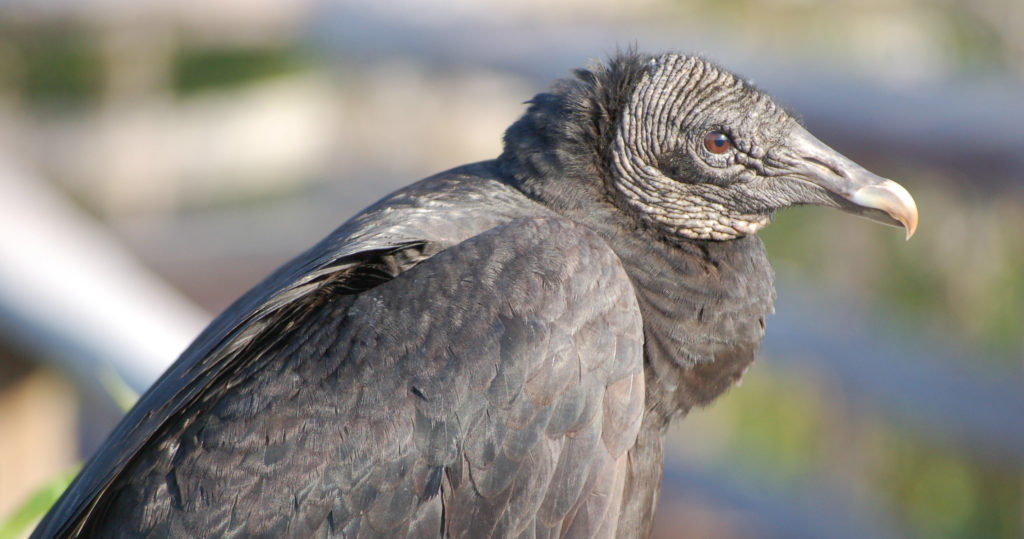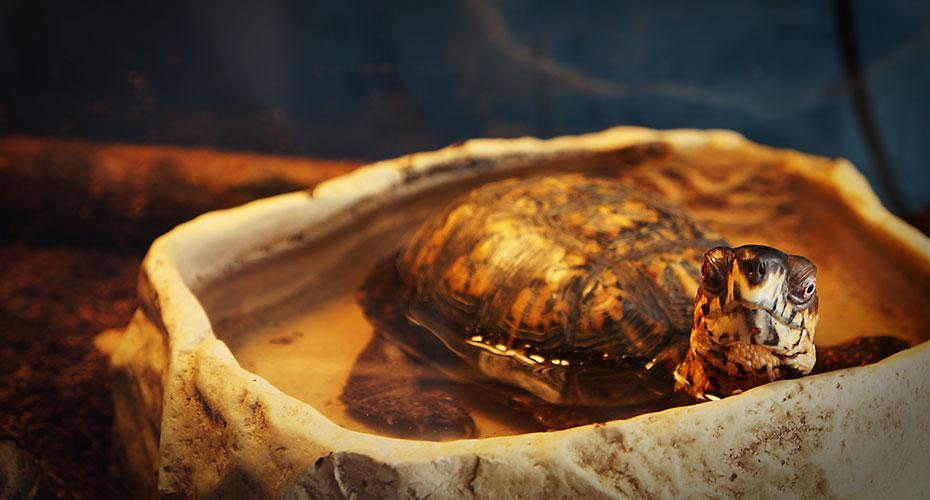In this activity, students will learn more about the geography and climate of British Columbia (BC) using visuals and props.
Biomes are largely based on the geography and climate of a region. Therefore, a biome is a geoclimatic zone that is identifiable on a global scale and includes things such as plants and animals.
A desert is an example of a biome and can be identified by its general temperature, precipitation and geography. Deserts can be categorized even further into arid, semi-arid, coastal, and cold deserts.
In Canada, we have the 4 overarching biomes: tundra, desert, grassland, and forest.
Within BC, we have the following subcategories: semi-arid desert, temperate rainforest, boreal forest (taiga), and alpine tundra.
Semi-Arid Desert
The semi-arid desert in BC is located in the Okanagan. It is characterized by very low precipitation levels, as well as extreme heat in the summer (cold at night) and quite dry winters. Amusingly, it even has sagebrush, a plant that is known to grow in dry climates. An example of an animal from this area is the Northern Pacific Rattlesnake.
Temperate Rainforest
Temperate rainforest runs along the whole coast of BC from northern California to southern Alaska. The average rainfall of this biome is about 200 cm with some variations. Also, this climate is moderated by the ocean, so it doesn't display extreme temperatures.
The temperature rainforest subcategory is characterized by living things including old growth trees, banana slugs, pacific water shrews, and a plethora of fungi and lichens! The biodiversity of this area, and of course the oceanic intertidal zone it borders, is very high.
Boreal Forest
The boreal forest has coniferous trees, cold temperatures, and precipitation in the range of 20 and 200 cm. The precipitation is often in the form of snow. Boreal forests can include mountainous regions as well as plateaus, along with any of the valleys present in the area it covers. Moose, snowshoe hares, and bobcats are among the many animals that live in this region.
Alpine Tundra
The Alpine tundra is dependent on elevation and is restricted to the mountainous regions of BC. The average monthly temperature hovers between -4 and 0 °C. Therefore the major type of precipitation here is snow, which ranges from 7 to 30 cm per year.
Some species that live there are Pikas and mountain goats, as well as the white-tailed ptarmigan. These species need to be very hearty to live in this area.



 copy.jpg)